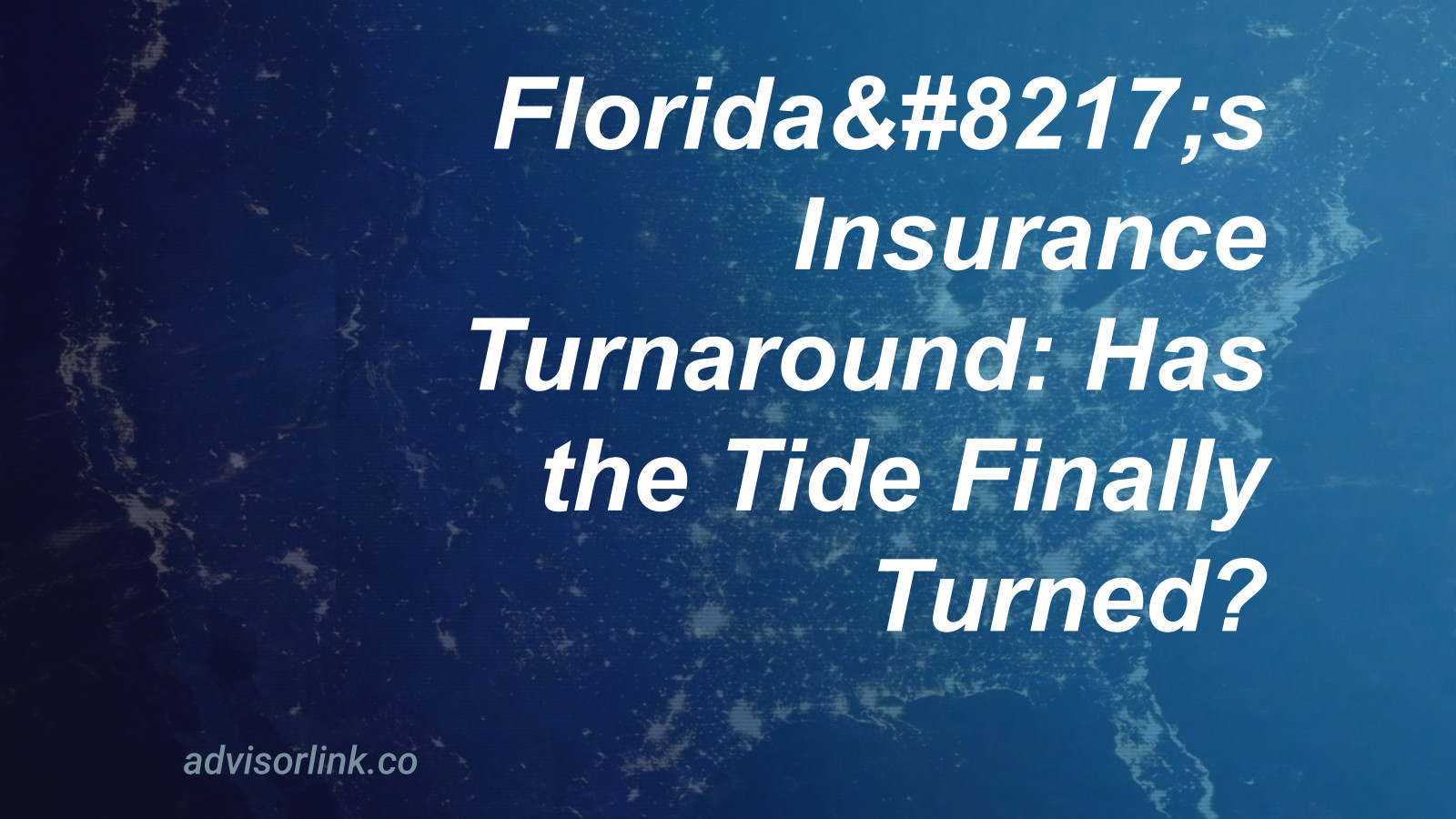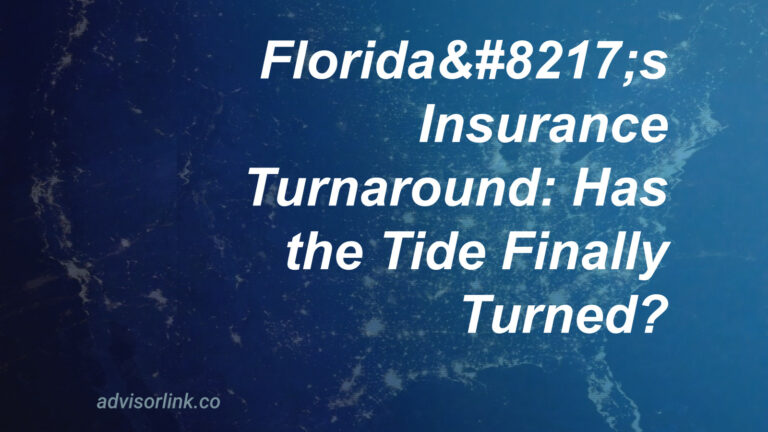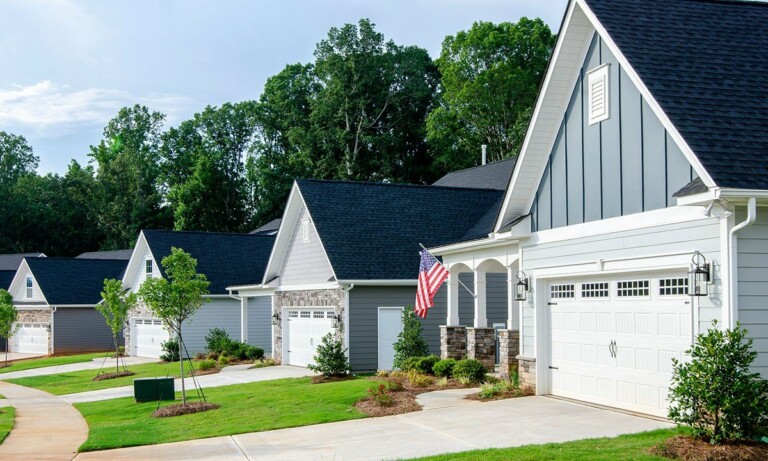U.S. Homeowners Face Rising Insurance Premiums Amid Climate and Economic Pressures (2025)
U.S. HOMEOWNERS FACE RISING INSURANCE PREMIUMS AMID CLIMATE AND ECONOMIC PRESSURES (2025)
What’s happening to the American dream of home ownership?
Is the American dream of home ownership becoming more expensive to protect? The numbers tell a sobering story. Homeowners across the nation are bracing for another financial storm as insurance premiums are forecast to rise sharply in 2025. Following a staggering 20% increase over the past two years, average home insurance rates are expected to climb another 8% nationwide in the coming year.
Behind these cold statistics are warm-blooded Americans—families in Louisiana still rebuilding after hurricane damage, California property owners watching another fire season approach with dread, and Midwest households where once-rare hailstorms have become routine visitors.
What forces are driving these dramatic rate hikes?
Is Mother Nature sending us a bill that keeps growing? The increasing frequency and severity of natural disasters stand as the primary culprit behind these rising costs. Like a heavyweight fighter landing blow after blow, wildfires, hurricanes, tornadoes, hailstorms, and floods have hammered away at insurers’ balance sheets and risk calculations.
Take Iowa, where hail events increased a jaw-dropping 133% from 2022 to 2023. That’s not just a statistical anomaly—it’s a pattern repeated across the country, where weather once described as “once-in-a-lifetime” now seems to visit every few years.
Then there’s the economic pressure. Construction and rebuilding costs have soared like hawks riding a thermal. Tariffs on building materials coupled with supply chain disruptions have pushed the price of rebuilding higher than many homeowners—or their insurers—anticipated when writing policies just a few years ago.
Which states are feeling the greatest impact?
Is your state among those facing the steepest climb? Not all Americans will share this burden equally. The bayou state of Louisiana is projected to experience the largest premium increase—a whopping 27%—as hurricanes and storm damage continue to pound its coastal communities year after year.
Californians, already struggling with housing affordability, face a 21% rise attributed primarily to the state’s ongoing battle with wildfires that have transformed once-safe communities into high-risk zones.
Meanwhile, in America’s heartland, Iowa and Minnesota homeowners are watching their premiums climb due to a dramatic rise in hail and wind events. These states, once considered relatively safe from catastrophic weather, now regularly appear on the list of billion-dollar weather disasters.
How will these increases affect everyday Americans?
Is this just about insurance, or something more fundamental? For millions of American householders, these premium hikes represent more than just another bill increase. They affect mortgage affordability, housing security, and long-term financial planning.
Consider the young family that stretched their budget to buy their first home, only to see their carefully calculated monthly payments thrown into disarray by insurance increases. Or the retiree on a fixed income, now forced to choose between proper coverage and other necessities.
Small business owners, too, face a double whammy—higher costs to insure their homes and parallel increases in commercial property insurance rates. For the neighborhood shop owner or local service provider, these climbing costs eat directly into already-thin profit margins.
What happens when geography becomes destiny in the insurance market?
Is your zip code now determining your financial future? The regional variations in insurance increases highlight a troubling trend—where you live increasingly determines what you’ll pay, sometimes by dramatic margins.
This raises profound questions about housing affordability and community resilience. When insurance costs in certain regions climb too high, properties lose value, tax bases erode, and the very character of communities can change as only the wealthy can afford to build or rebuild.
The connection between climate patterns and insurance markets has never been clearer or more consequential. What was once an abstract discussion about future risks has transformed into present-day economic impact affecting household budgets across America.
How can homeowners navigate these rough waters?
Is there any good news in this storm of rising rates? Property owners aren’t entirely powerless in the face of these increases. Risk mitigation improvements—from impact-resistant roofing in hail-prone regions to defensible space in wildfire zones—can both protect homes and potentially moderate insurance costs.
Some householders are finding relief through higher deductibles, bundling policies, or exploring state-backed insurance options in high-risk regions. Others are working with independent agents to compare rates across multiple carriers, a strategy that can sometimes yield significant savings.
From industry boardrooms to kitchen tables, Americans are reassessing their relationship with risk, climate change, and the financial safeguards that protect their most valuable assets. The insurance industry itself stands at a crossroads, balancing actuarial reality against market pressures and social responsibility.
These insurance challenges reflect a larger American story—about changing climate, economic pressures, and how we protect what matters most. The premium increases coming in 2025 aren’t just about dollars and cents; they’re about how we build, where we live, and how we face an increasingly unpredictable future.
And that’s the way it is.
Disclaimer: General Information & Accuracy
This blog provides general information and discussions about insurance and related subjects for informational purposes only. It is not intended as professional advice, including but not limited to financial, legal, or medical advice. We strive for accuracy, but laws, regulations, information, and best practices constantly evolve, and unintentional errors can occur. Therefore, we make no warranties about the completeness, accuracy, reliability, or suitability of the blog content. Always consult with a qualified professional for advice tailored to your specific situation. Any reliance you place on this information is strictly at your own risk.





